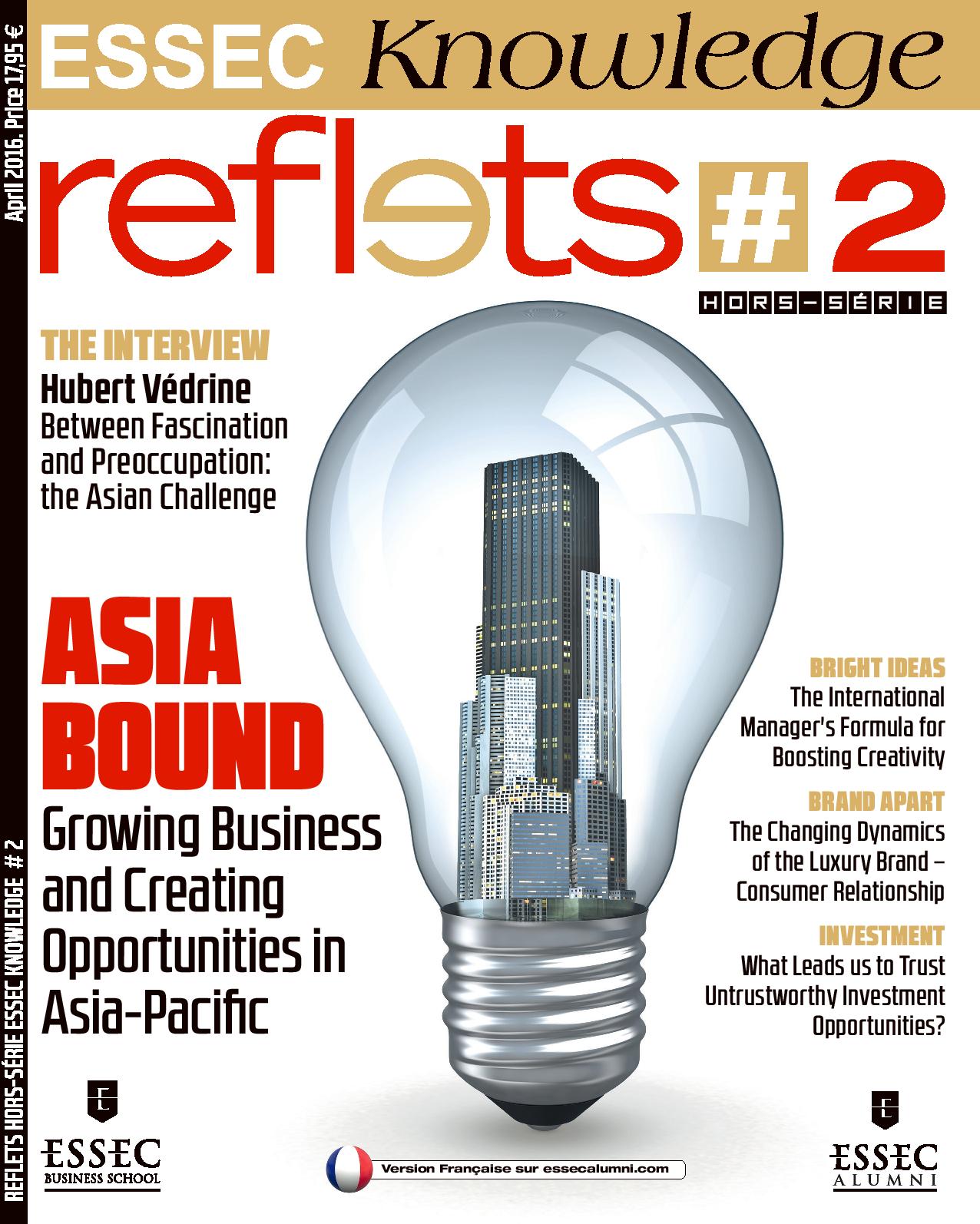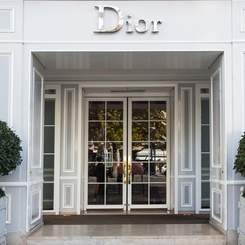New research looks at how Case Based Reasoning systems – an Artificial Intelligence technique that mimics human analogical reasoning, which is often associated with creativity – can boost creativity at the individual level. From the paper: “Supporting Creative Problem Solving with a Case-Based Reasoning System”, published in the Journal of Management Information Systems (JMIS) and co-authored with Berend Wierenga (Rotterdam School of Management).
The production of creative ideas – in other words, ideas that are both novel and useful – constitutes the core of an organization's capacity to innovate. As such, creative ideas are quintessential to survival in highly competitive environments. So, how can organizations boost their creative capacity?
Even renowned scholars admit there’s still a lot we don’t know about creativity and how it works. This may help explain why creativity training in education and practice is still quite rare. For the most part, there’s an underlying belief within organizations that creativity is an innate trait[i] rather than something that can be learned. Consequently, a common strategy for boosting creativity within an organization is to hire individuals with a proven creative track record.
This strategy works best in certain industries – like advertising, for instance – where highly creative employees are the norm, as evidenced in my research on creative performance.[ii] Meanwhile, employees within all kinds of industries and organizations will face design problems that require creative solutions, whether it’s the design of a new product, marketing campaign, or strategic plan. If creative thinking doesn’t come naturally to them, can a creative response be artificially triggered?
The software solution
Since as early as the 1970s, IT-enabled decision support systems (DSS) have been helping individuals and organizations with their decision-making processes by ranking and sorting alternative choices, for example, based on data-driven “what-if” type of simulations. However, since most DSS rely on quantitative data and analyses, they’re best suited to support managerial decision-making for business problems that are relatively structured.
Weakly structured problems, on the other hand, come with a vast solution space and therefore require a different approach: rather than narrow down the number of decision alternatives until only the best alternative is left, creativity support tools help enlarge the set of decision alternatives. The rationale is that the first ideas that people generate are usually the most obvious. But when they are stimulated to explore the solution space more thoroughly, more original solutions may emerge.
One way our brains’ produce creative solutions is by remembering and combining exiting knowledge elements in new ways. A manager, for example, might use analogies, or recall similar past business situations in order to solve new problem. To creative individuals, this recombinant capacity comes naturally. For the less creative, case-based reasoning (CBR) systems can help stimulate such mental association and combinatory processes by making previous examples available as a source of inspiration.
When are case based reasoning systems most effective for boosting creativity?
First and foremost, our experimental research, involving the design of a creative sales promotion campaign based on a brief for an existing beer brand, indicates significantly positive effects for individuals with a low to moderate creative ability, but not for highly creative individuals. In other words, when considering the effectiveness of a creativity support system, it’s important to take into account the creative ability of the individual. One size does not fit all.
For optimal results, CBR systems should be loaded with a diverse set of cases – including near analogies (i.e., previous campaigns within similar product categories, which in our study were campaigns for fast-moving consumer goods, such as beer ) but also far analogies (i.e., previous campaigns within more remote product categories, which in our study were campaigns for consumer durables or services, such as insurance products). Results show a positive impact of such a CBR system on the creativity of solutions for people with a low to moderate creative ability. Furthermore, the more cases the CBR system contains the better it is able to stimulate their creativity.
However, far analogies (i.e., similar previous cases from remote product categories) should be treated with caution. Our results suggest that people have difficulty seeing the relevance of far analogies for solving the task at hand and, as such, these cases may act as distractors rather than facilitators. But when people did manage to draw inspiration from far analogies, the resulting campaign solutions tended to be among the most creative ones.
Keys to redesigning the division of labor between individuals and machines
Although the use of existing knowledge might seem counterproductive when the goal is to produce something new, research has shown that creative ideas are often rooted in existing knowledge. More importantly, our research underscores that organizations need not rely on creative individuals as sole sources of creativity. Drawing from their own, invaluable source of proprietary domain knowledge, any organization can easily fill a CBR system with a diverse set of cases to stimulate creativity.
Organizations seeking to redesign their division of labor between individuals and machines can easily follow the CBR approach presented in the JMIS article, using their own set of cases, in order to boost the creativity of individuals who do not have a high innate creative ability. There are many examples of creative design problems in business that are compatible to the problem of designing sales promotion campaigns, such as the design of advertising campaigns, new products, packaging, logos, and even strategic plans. Such weakly structured problems, for which cases of previous problem solving episodes are available, may benefit greatly from collecting, indexing, and storing cases in a CBR system and putting them into action for creative problem solving.
From the ESSEC Knowledge Magazine:
[i] ALTHUIZEN, Niek. "The Validity of Two Brief Measures of Creative Ability" (N. Althuizen, B. Wierenga, J. Rossiter), Creativity Research Journal, Feb 2010, Vol. 22, Issue 1, p. 53‑61
[ii] ALTHUIZEN, Niek. "The relative performance of different methods for selecting creative marketing personnel" (N. Althuizen), Marketing Letters, Dec 2012, Vol. 23, Issue 4, p. 973‑985









